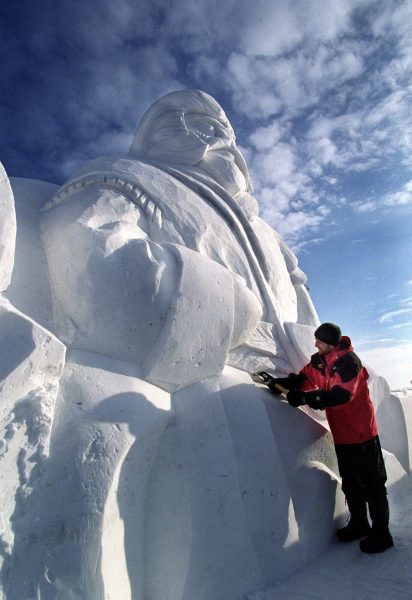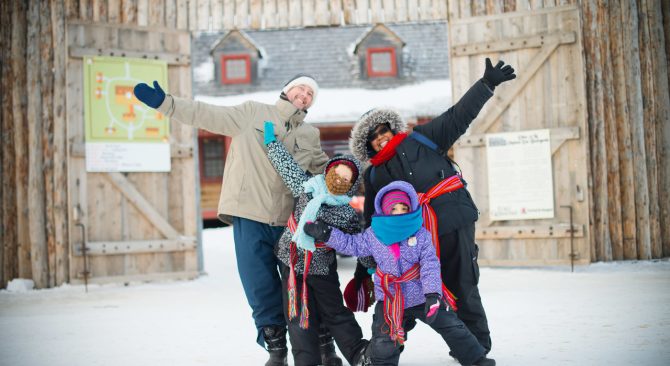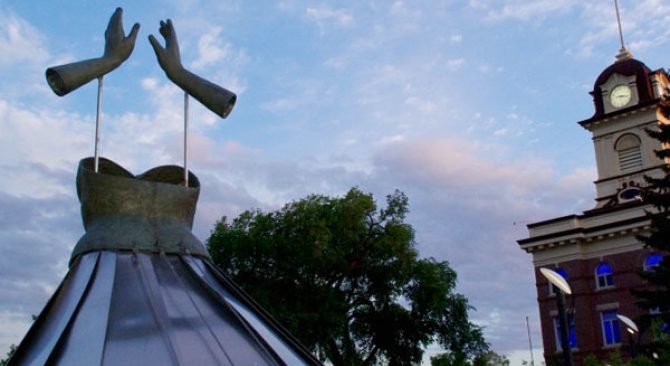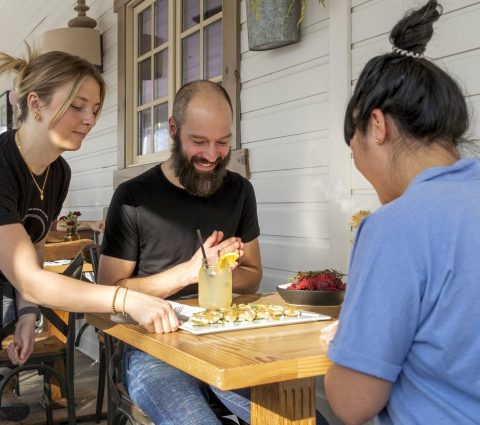- Things To Do
- Events
- Food & Drink
-
Places To Go
- Winnipeg
- Churchill
- Eastern Region
- Central Region
- Interlake Region
- Parkland Region
- Western Region
- Manitoba North
- Must-See Destinations
-
Itineraries
- Island Getaway on the Prairies
- Wheat City Wanderings in Brandon
- Escape to the water and the wild
- St. Boniface Winter: Passion and History
- Follow the path to a story in Neepawa
- Unleash your inner Viking this winter
- Explore Clear Lake this winter like never before
- Breathe in the Whiteshell this winter
- Go North for a boreal forest escape
- Treaty Areas
- Where To Stay
- Trip Essentials
- #ExploreMB Blog
Navigation Options
- FREN
- Things To Do
- Events
- Food & Drink
-
Places To Go
- Winnipeg
- Churchill
- Eastern Region
- Central Region
- Interlake Region
- Parkland Region
- Western Region
- Manitoba North
- Must-See Destinations
-
Itineraries
- Island Getaway on the Prairies
- Wheat City Wanderings in Brandon
- Escape to the water and the wild
- St. Boniface Winter: Passion and History
- Follow the path to a story in Neepawa
- Unleash your inner Viking this winter
- Explore Clear Lake this winter like never before
- Breathe in the Whiteshell this winter
- Go North for a boreal forest escape
- Treaty Areas
- Where To Stay
- Trip Essentials
- #ExploreMB Blog
St. Boniface is home to the largest francophone community in Western Canada. Visit this Winnipeg neighbourhood for history, architecture and culture. The neighbourhood was once its own city but was amalgamated into Winnipeg in 1972. Now it's linked to downtown and The Forks by the Esplanade Riel. So take a walk across the bridge and feel the passion for culture, food and art as you explore St. Boniface.

One of Winnipeg’s most striking views is the Cathédrale de Saint-Boniface. It is a blend of old and new as the modern church sits within the ruins of the earlier basilica, destroyed by fire in 1968. The cemetery is also the resting place of many historical figures who played key roles in the development of the province, including the famed Louis Riel.
Then visit Winnipeg’s oldest building, an oak-log structure originally used as the Grey Nuns’ Convent, and now home to the Le Musée de Saint-Boniface Museum. Inside, explore a collection of artifacts dedicated to Franco-Métis history, as well as a special exhibit dedicated to the ‘father of Manitoba’, Red River Resistance leader, Louis Riel.
Fall-Winter Trip
Top Stops
- St. Boniface Museum: artfully curated exhibits with a focus on Franco-Métis and Louis Riel history
- Cathédrale de Saint-Boniface: one of Winnipeg's most photographed sites
- Precious Blood Church: Franco-Manitoban church built by the famous architect Étienne Gaboury
Where To Stay
- Hotels: Norwood Hotel, Mere Hotel, Inn at the Forks
- Unique Stays: Gite de la cathedrale Bed & Breakfast, La Cabane Guesthouse
If There’s Time
- Whittier Park: features three kilometres of trails and 15 hectares of greenspace
- Windsor Park Nordic Centre: offers cross-country ski rentals and lighted night trails
PART 1 - Bon Appetit
St. Boniface offers up dining options to satisfy every craving. Grab a croissant at La Belle Baguette and then wash it down with a cup of java from Café Postal on Provencher Boulevard. For lunch and dinner options stop in at Le Garage for French Canadian classics like tourtière and poutine. Go upscale at Resto Gare for one of Winnipeg's most unique dining rooms – a 1913 train station and train car – as well as some of the best French cuisine in the city. For a change of pace, Japanese Dwarf No Cachette offers diners takoyaki, gyoza, Udon hot pots, curry rice and steaming bowls of ramen. At the end of the Esplanade Riel is Promenade Cafe, serving up a mix of traditional French (homemade pate, moules-frites and more) and French-Canadian dishes like tourtière poutine.

Major Festivals & Events
Festival du Voyageur
Join in Western Canada's largest winter festival. Festival du Voyageur is the perfect venue to embrace a Manitoba winter while enjoying unique entertainment. The whole family will take pleasure in meeting Fort Gibraltar's historical characters, admiring...
Public Art Galleries
La Maison des artistes francophones
La Maison des artistes francophones is a contemporary artist centre, art gallery and sculpture garden. Open year-round Tuesday to Saturday 10 a.m. - 6 p.m. September long weekend to May long weekend, Monday to Sunday 10 a.m. - 6 p.m. May long weekend to...
PART 2 - Shopping Gems
Stroll Provencher Boulevard and browse locally-owned shops for unique gifts and treasures. Pick up jewellery at Bijou, courtesy of one of 14 talented designers and then stop in at Librairie à la Page for a wide selection of novels, children's books, magazines, cards, and even games, all in French. For edible delights stop in at Chocolatier Constance Popp, a local chocolate shop featuring bars, truffles, macarons, and decadent chocolate drinks. There are even a few 'iconic Manitoba' chocolates, including polar bears, bison and the Golden Boy. Savoury treats can be found at Fromagerie Bothwell. The shop carries Manitoba-made Bothwell Cheese and has made-in-MB gift baskets that come with tons of local goodies like Smak Dab Mustard, Flora & Farmer preserves, Nature's Farm granola and much more.
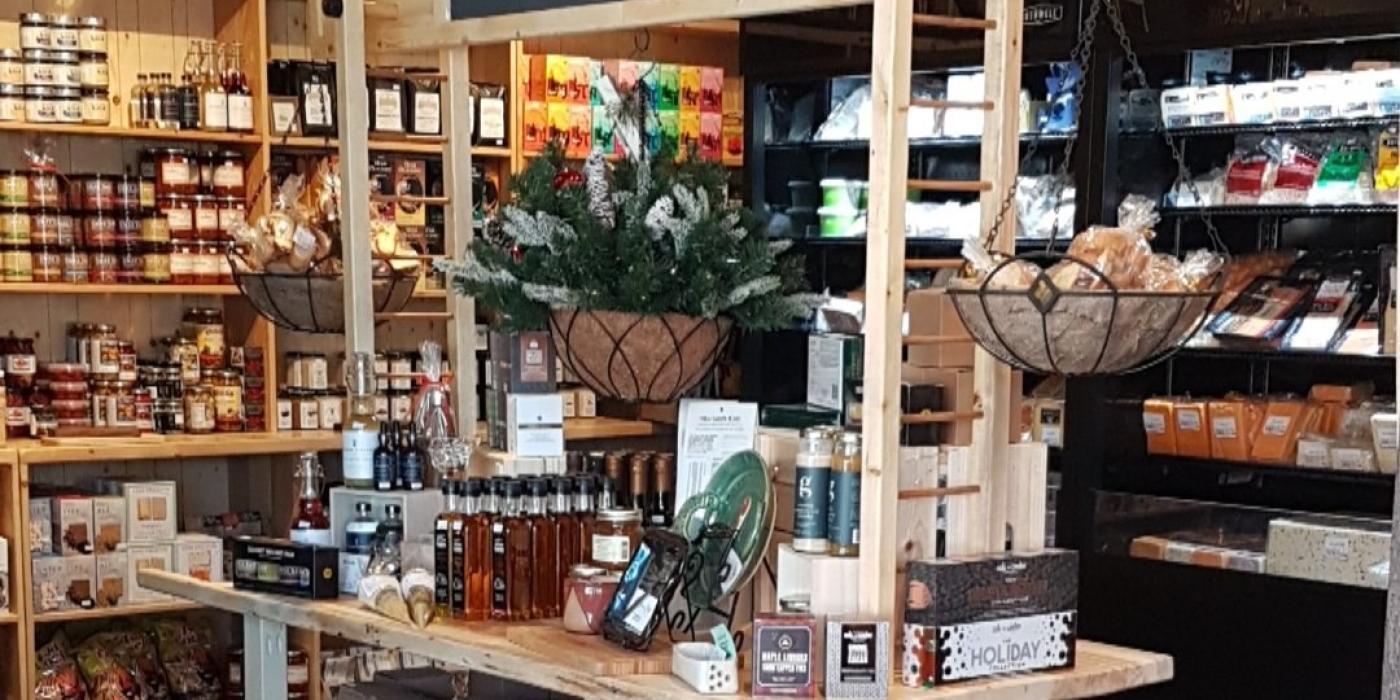
Detour! So much history
Stop in at the Centre Culturel Franco-Manitobain and watch At the Heart of Manitoba's Francophone Community, a 40-minute documentary highlighting 200 years of Francophone and Métis history in Saint-Boniface and Manitoba. It is a must-see for all new visitors to the area to gain an overview of the history and culture of the people. Showings happen year round, Monday to Friday at 9 am, 12 noon and 3 pm.
PART 3 - Art Lovers
If you're looking for contemporary art, head to old St. Boniface City Hall. Inside, the Maison des Artistes Visuels Francophones offers a rotating exhibit space featuring art from Manitoba's Francophone community. Outdoor art can be found a few blocks down the street at the Centre Culturel Franco-Manitobain. Walk around the building and see how many pieces of public art you can spot. Don't miss the most recent painted street art in the back parking lot, added as part of Wall-to-Wall Mural Festival. On the same property, you'll see Cercle Molière. This theatre company was created in 1925 and continues to perform French theatre in Saint-Boniface. Wayne Arthur Gallery, on Provencher Boulevard, features rotating exhibits in a variety of mediums. Find works from over 130 Manitoban artists, with some available for purchase.
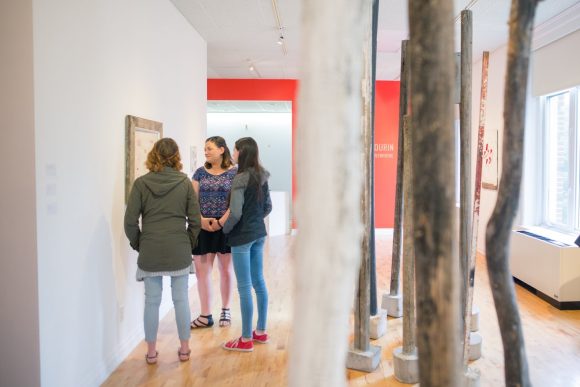
OTHER ACTIVITIES
If you listen closely to the wind in the third week of February you can hear it whisper the Voyageur song (oui, oui, oui!). If you follow the call into the Winnipeg neighbourhood of St. Boniface, you’ll find Western Canada’s largest winter festival. Festival du Voyageur has been celebrating Franco-Manitoban culture and history and embracing Winnipeg winters for over 50 years.
Smell the outdoor bonfires, listen to the clack of the Red River Jig danced on a wooden stage, taste the sweetness of la tire and marvel at the detailed ice sculptures created by artists from around the world. The festival also showcases Indigenous culture through music, food and art.
